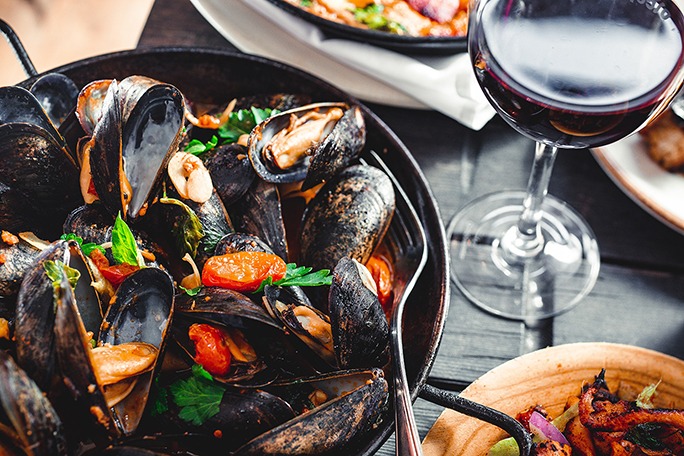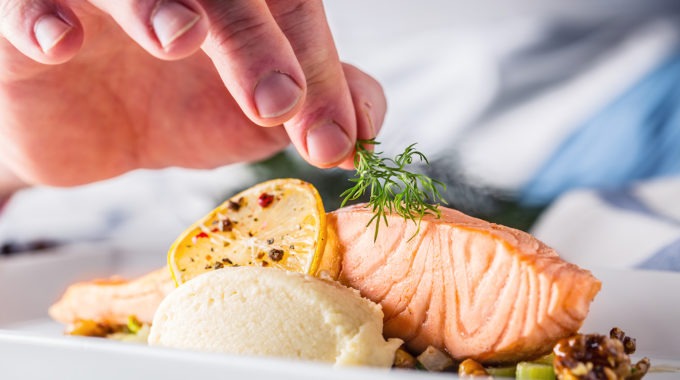Seafood industry calls for labelling laws
There’s plenty of fish in the sea, but when it comes to dining out, wouldn’t you like to know where your seafood comes from? The Australian seafood industry has called on consumers to support the expansion of the current Country of Origin Labelling (CoOL) laws to include seafood sold in foodservice as the government begins an evaluation of legislation which came into effect two years ago.
“In the retail sector, CoOL provides consumers with clear information on where their food has come from and allows consumers to make informed purchasing decisions,” says Seafood Industry Australia Interim CEO Veronica Papacosta. “We want to see this origin labelling extended to seafood sold in the foodservice sector.
“In July 2018 it became mandatory for food sold in retail to be labelled with its country of origin, and the wheels didn’t fall off. In fact, labelling improved the level of communication and trust between a retailer and their customers. However, there was no requirement placed on places like restaurants and cafes. Foodservice should have never been exempt from the original labelling requirements and we hope this loophole will finally close.”

Seventy percent of the seafood eaten in Australia is imported, and the majority of this consumption is in the foodservice sector. However, many people don’t realise this, Papacosta says: “Consumers assume their seafood meals are made using iconic Australia seafood, however this is often not the case. We know people want to support our seafood producers, but people can’t buy Australian seafood if they can’t tell where it’s from.”
The Australian seafood industry has repeatedly appealed to the government to make origin labelling mandatory for seafood sold in foodservice, and more than 86,000 consumers have signed petitions saying they want Australia seafood labelled in foodservice.

“Australians are more interested in the provenance of their food than ever before, and demand for all Aussie-grown produce is on the rise,” Papacosta says. “Clear labelling for Australian seafood not only allows consumers to support our domestic producers, but also the entire supply chain, including processors, truck drivers and regional communities.”
Papacosta notes that the industry does not wish to vilify imported seafood, as there is some excellent seafood coming into Australia which is already being enjoyed by consumers.
“We simply believe that consumers should be provided with the same level of information in a restaurant as they are at the fish counter so they can make an informed choice,” she says. “Next to freshness, country of origin is the second most influential factor for consumers choosing which seafood they buy.”
Want to have your say? A survey is available at consult.industry.gov.au until September 11. The evaluation is expected to be completed by mid-2021.









